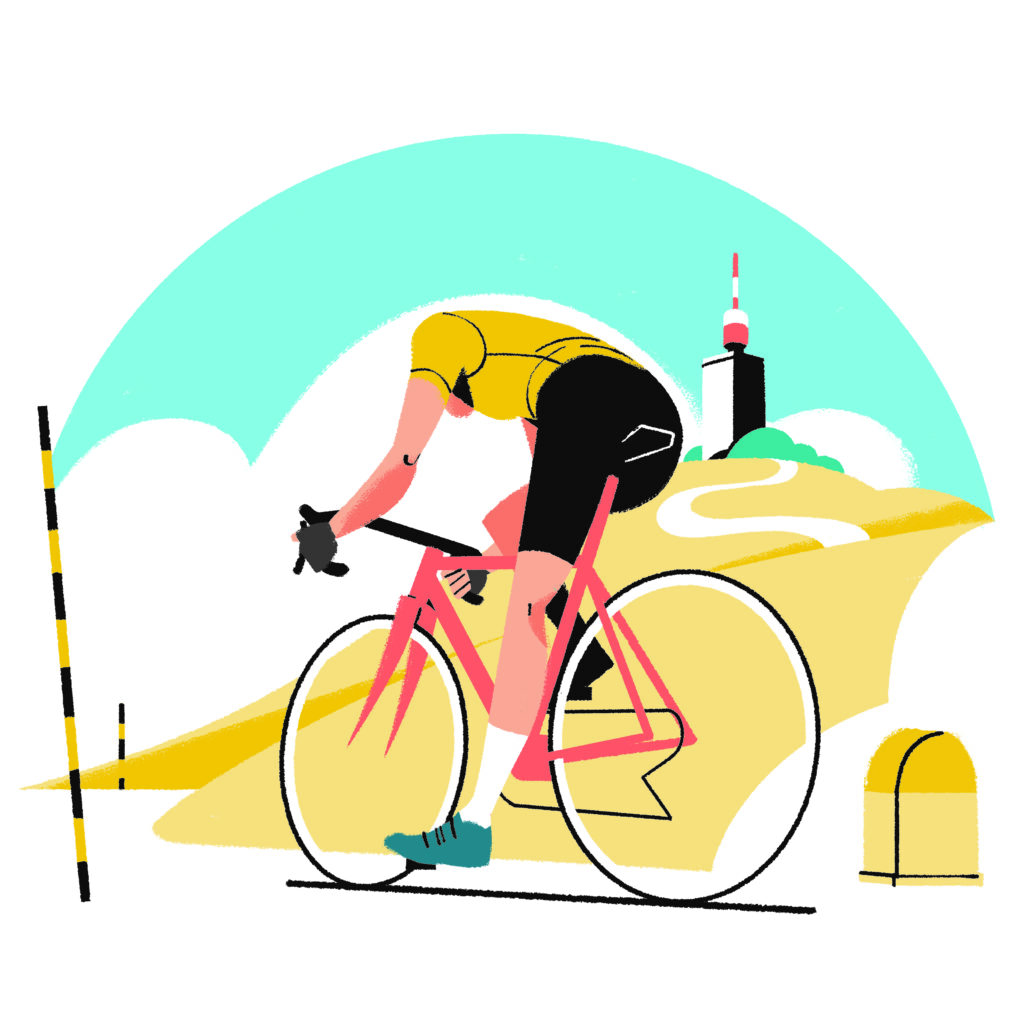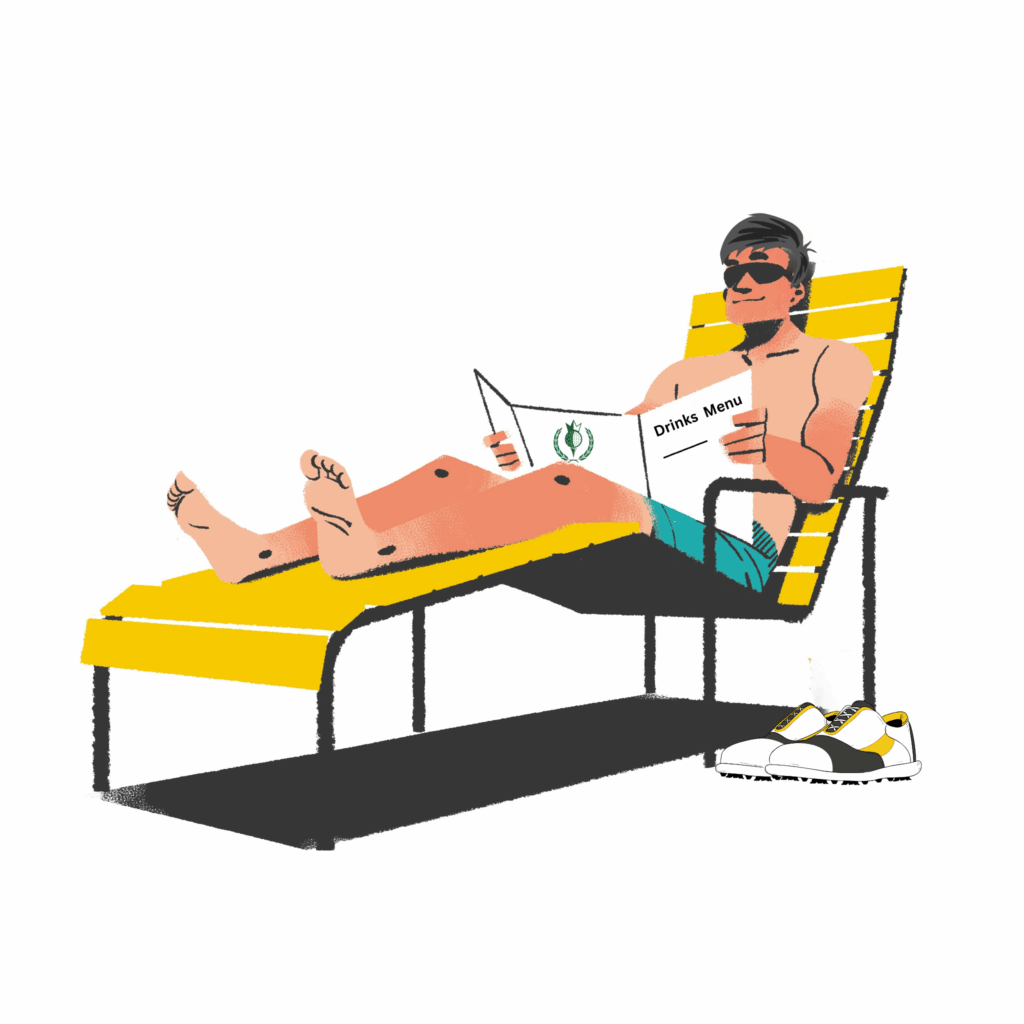
Is the Strava calorie count reliable?
I am currently 1.81m and 102kg, (can you tell which one I am from the photo?) and I’d like to shed a few pounds and return to ‘race weight’. There’s only one sure-fire way to do that according to the NHS: “To lose weight you need to burn more calories than you consume.” So’ to this end I am logging what I burn using Strava and keeping a lid on what I consume by recording my meals on MyFitnessPal.
That’s easier said than done (as I look at the doughnuts being offered around the office), but at least I’m running regularly (and cycling occasionally).
To boost my progress, I use a Garmin and upload my activity to Strava to see how many calories are being blasted away and how I’m doing against my peers. It’s a huge motivation: seeing the calories incinerated as I plod the streets in my Asics or cycle up Boxhill is a lot more enjoyable and inspiring than trying to avoid the temptation of one of those doughnuts or foregoing a mid-morning latte.
At least it used to be. Now that I am exercising regularly again and consciously looking at my data, I’ve found that Strava’s calorie count seems a little overenthusiastic. Below are the stats from three recent runs. As you can see, my Garmin and Strava seem to be almost perfectly aligned until it gets to the calorie column. Strava seems to be throwing up figures between 10% and 19% higher than Garmin. At the top end we’re talking about the occasional doughnut (and of course the weight loss I’m aiming for!).
| Distance (km) | Time (mins) | Pace mins/km | Calories | ||
| RUN 1 | Strava | 9.50 | 51:36 | 5:25 | 1,177 |
| Garmin | 9.54 | 51:37 | 5:25 | 992 | |
| RUN 2 | Strava | 4.90 | 25:55 | 5:16 | 606 |
| Garmin | 4.92 | 25:53 | 5:16 | 541 | |
| RUN 3 | Strava | 9.50 | 52:45 | 5:31 | 1,178 |
| Garmin | 9.56 | 52:45 | 5:31 | 1,069 |
I decided to look into it a little bit more, and I’m not the only one that’s been left puzzled by Strava’s figures.
“Strava overestimated my calories by a multiple of more than five. Yes, over five times what I actually burned,” noted Jason King on this support stream I came across on Strava’s US site, but it seems that it works both ways. On the same stream, Rebecca Bee wrote: “It seems like Strava underestimates my calories burned.”
Rebecca explained: “I rode for one hour last night at an average speed of 11 miles per hour. It said that I burned 180 calories. My problem with this is that I could sit at my desk all day and burn 122 calories per hour. If I stand, rather than sit, I go up to 163 burned per hour.” What’s the point of all that effort just for an extra 17 calories an hour?
That stream of complaints started in July 2016 and is still going strong now. “Strava is about 30% high, making it useless for weight management,” said Strava user Dan Grey.
Dan offers a (conspiratorial) theory, too: “Strava likely inflated calorie consumption to attract users. Now, if they corrected their formula, there’d be a huge backlash. Better to put one’s head in the sand.”
So, I went and asked Strava: what’s going on? And their friendly PR team referred me to the details posted on their public support page, dated February 7, 2012.
This basically says that the calculations are estimates and the differences you can get between tools are down to the algorithms used. “We believe our estimation is as accurate as possible given the limitations in data.”
Do experts think the same?
Dr Howard Hurst, a senior lecturer in sport, exercise and nutrition sciences at the University of Central Lancashire, told me that as far as he can work out, “Strava has a margin of error somewhere between 25 and 50%”.
His thinking goes like this:
“Strava determines calorie expenditure from speed and time elevation alone. The problem with this [is that] it does not take into account how hard you are working. For example, it has no way of knowing you were riding at 15 mph because it was a recovery ride or because you were riding into a headwind. Similarly it can’t distinguish between a 25mph time trial or 25 mph sat behind half a dozen other riders. For all the scenarios the actual effort you use will differ greatly and therefore directly influence the actual calories burnt.”
Strava does estimate power based on rider weight, bike and elevation, but again it’s working with limited data points, so that means the picture it paints is pretty vague.
The same theory also applies to running, though probably to a lesser degree as the speeds will be lower. “Strava can’t determine whether you ran in grass or tarmac, where a running speed of say 10 kilometres per hour would require different energetics on both surfaces, which would affect the calories used,” Howard explained.
So what should I do?
For those using calories burned for guiding weight loss, Howard advises not relying too much on the calorie counter given the Strava’s accuracy problems.
“Instead, just try reducing carbohydrate intake on your low intensity training days and try fasted training: training in the morning before breakfast or if training in the evening, don’t eat anything after lunch, as this will stimulate greater fat metabolism.”
Maybe it’s Dan and his conspiracy theories rubbing off on me, but I’m going to take the readings with a pinch of salt (rather than a lump of sugar) from now on.
I’m not sure Strava have complete faith in their own numbers. Take a look at the cycling and running data the firm compiled for the UK in 2016 and it shows 16.9 million people uploaded their runs to the social network, covering 132 million kilometres. There were also 27.4 million rides and a host of other wonderful stats, but ‘calories lost’ figures are nowhere to be seen.
Coincidence? “I’m sure you can appreciate we have many data fields to work from, but will definitely put forward your suggestion of using calorie figures,” said their PR man.
Will they consider a new algorithm? Who knows, but as one user suggested: “Strava really needs to consider using a different formula for calculating calories. There are people who depend on accurate information as they are trying to lose weight.” People like me.
Don’t get me wrong, I still love Strava and am not going to stop using it anytime soon – you can even come and join our Yellow Jersey Strava Club.
Do tell us if you’ve had similar issues, because it doesn’t seem like this has been picked up in the UK yet.
Across three packages, our Bicycle Insurance covers your equipment when riding, racing or training worldwide.



